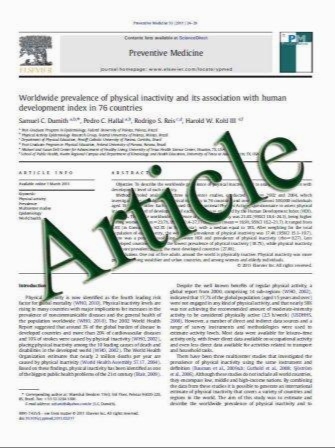Differentiation of chromaffin cells in the developing adrenal gland of Testudo hermanni
- نوع فایل : کتاب
- زبان : انگلیسی
- مؤلف : Fiorenza Accordi Æ Claudio Chimenti Valentina P. Gallo Æ Rocco Liguori
- چاپ و سال / کشور: 2006
Description
The aim of this study was to investigate the development and differentiation of chromaffin cells in the adrenal gland of the turtle Testudo hermanni during ontogenesis using histological, immunocytochemical and ultrastructural methods. The 26 developmental stages were divided into three periods: in the early period (stages 1–18, up to 20 days of incubation at 37C and 85% humidity), the chromaffin cells were observed from stage 12. They followed a ventro-lateral migration pathway with respect to the notochord and dorsal aorta, forming groups embedded in undifferentiated mesenchymal tissue. They reached the kidney surface only at the end of this period. Under the EM the chromaffin cells showed typical embryonic characters, such as rounded shape, high nucleus/plasmatic ratio, cell membrane with elongated processes; the cytoplasm contained a large number of free ribosomes, Golgi complexes, RER and a few chromaffin granules distributed in small sets. The granules were small and displayed a high electrondensity. Numerous unmyelinated fibres ran close to the chromaffin cells. At the end of this period both nervous elements and chromaffin cells were positive to the antigen for DßH. The intermediate period (stages 19–22, incubation days 21–35) was characterized by the first occurrence of steroidogenic cells on the ventromedial kidney surface. Some chromaffin cells were still found in the same position, whereas other cells were still migrating, maintaining their embryonic character. It was possible to divide the secretory granules into two types according to their shape and electrondensity: the more numerous N-type granules had a dark content, whereas the small number of A-type granules (consistent with the scarce PNMT reaction) displayed a light content. They occurred for the first time in this period. In the advanced period (stages 23–26, from incubation day 36 to hatching) the adrenal gland reached its definitive shape, although remaining immature; groups of variously sized chromaffin cells intermingled with steroidogenic cells, both lying on the kidney surface. Chromaffin granules were more numerous and larger than in the previous stages, frequently mingling in the same cell. A migration pathway of the chromaffin cells along the nerve fibres can be hypothesized on the basis of their common origin and closeness. The polymorphic shape of chromaffin cells with long cytoplasmic processes also accounts for their migrating fitness. We can assume that steroidogenic differentiation from the mesodermic blastema begins after the first chromaffin cells have completed their migration.
Anat Embryol (2006) 211: 283–291 Accepted: 13 January 2006 / Published online: 28 February 2006


